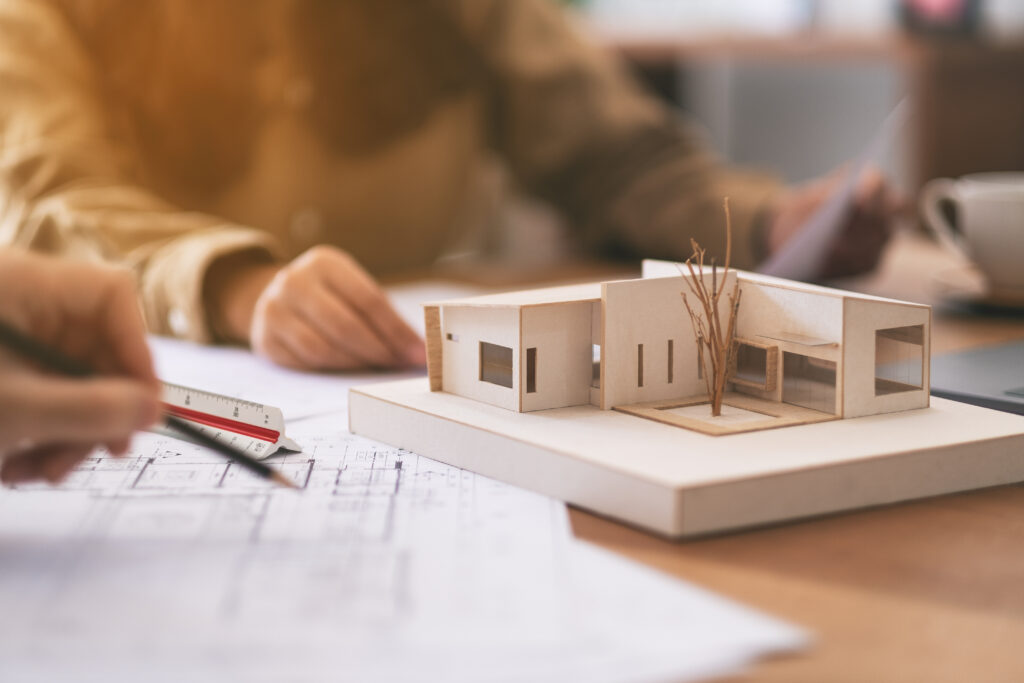
David DeQuattro of Providence has been reviewing whether architects make better owner project managers. To answer the question, one needs to understand what the role of the Owner’s Project Manager (OPM) is. David DeQuattro of Providence explains that the OPM should represent the client’s best interest during a construction project. Most owner’s do not have significant background in construction, consequently, do not understand certain nuances present throughout the construction industry. These nuances could be building related, code issues, or contractual items. A good OPM can help an owner who is new to construction or has limited experience in the industry navigate through a project from start to finish, saving time and money.
David DeQuattro explains that architects have historically been at the helm of construction projects. For centuries, architects were acknowledged as Master Builders. As construction practices have shifted and different construction delivery methods emerged, the architect is still responsible for the overall design of the project, however, the contractor or construction Managers role has moved to having increasingly more influence on that design specialty with project execution and time sensitive materials and methods.
However, the benefits of having an architect as and OPM at the beginning of a project, are that architects are trained in design and construction. They tend to have the ability to understand projects wholistically, and to focus on the most efficient and cost-effective way to build. Cost and efficiency are always in the architect’s mind, but so is esthetics, function, and orientation. Having an OPM architect on board from start, the owner the perspective from start to finish, and can take advantage of items involving planning, design, and the execution of construction.







